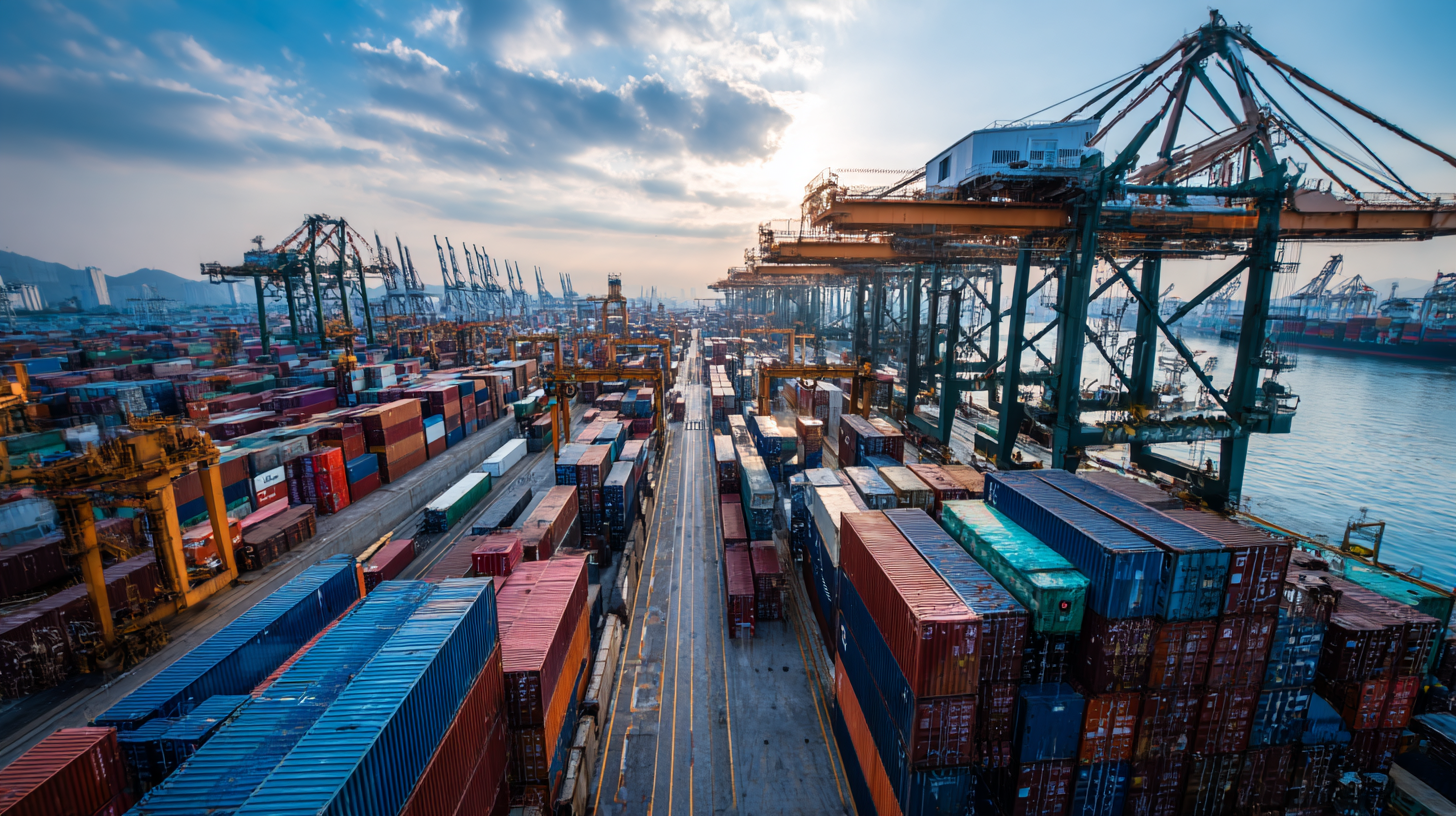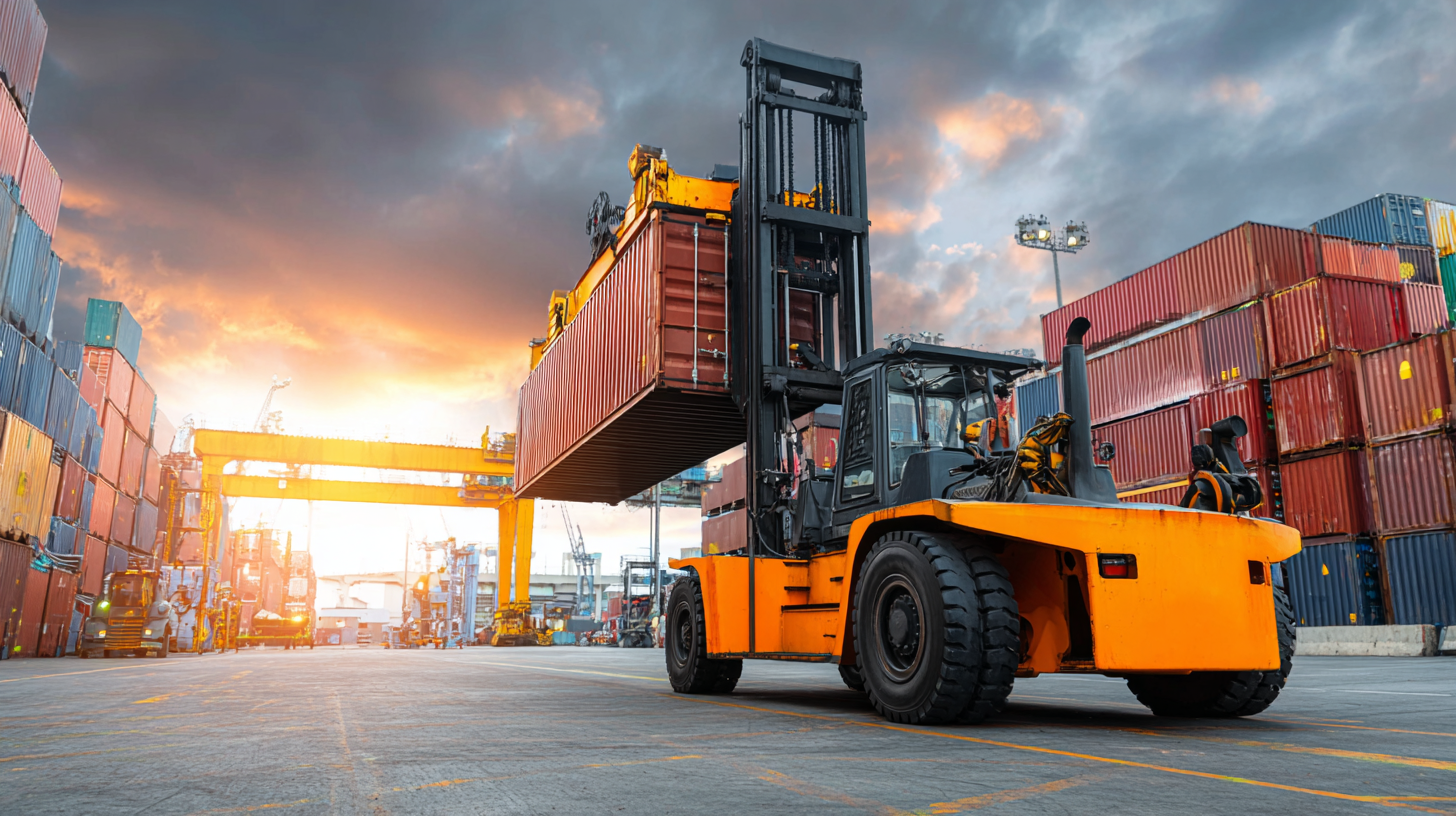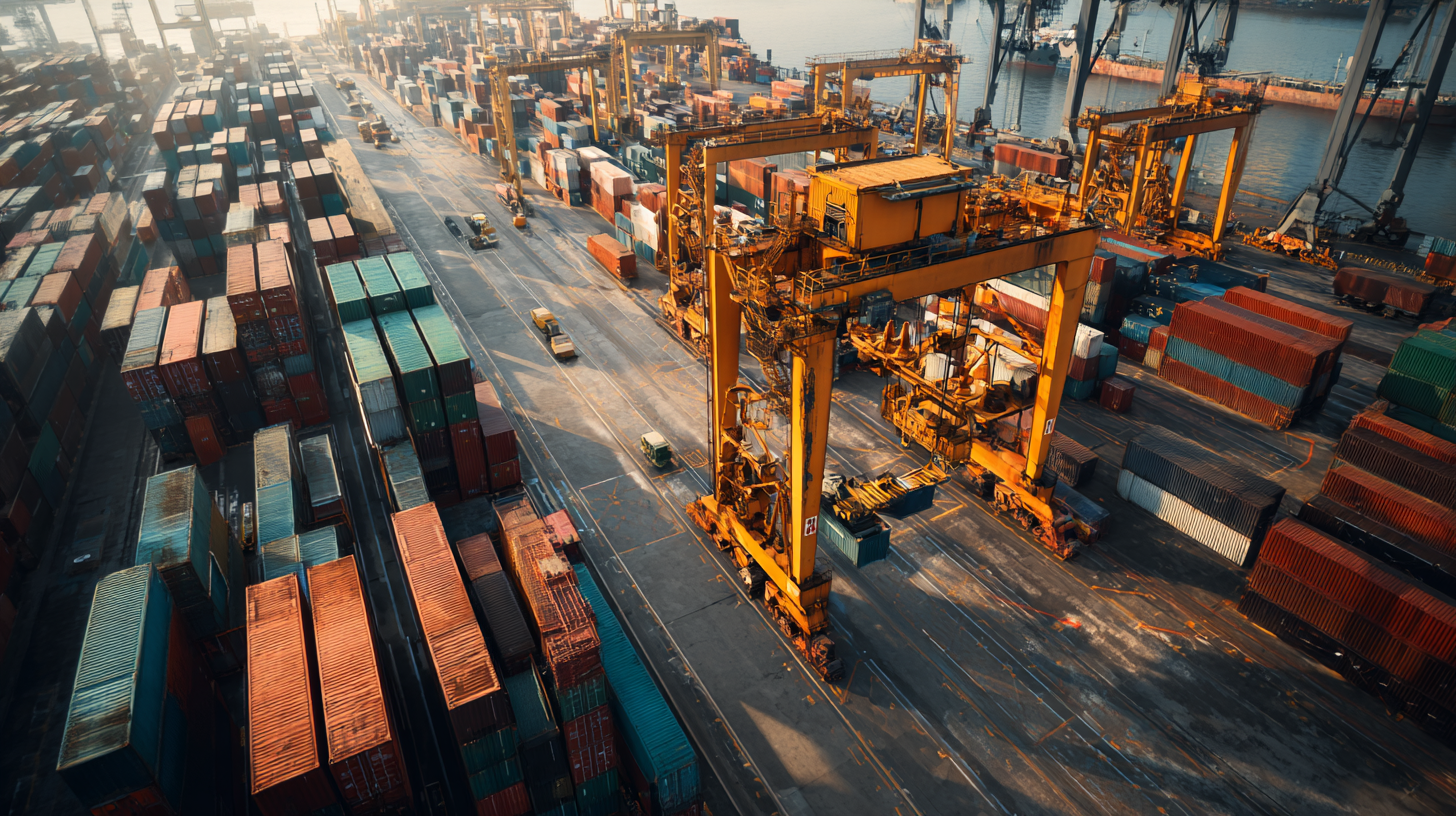Unlocking Global Trade Standards for Best Handling Equipment in 2023
As global trade continues to expand, the importance of adhering to international standards for handling equipment has never been more critical. According to a recent report by the International Organization for Standardization (ISO), approximately 80% of global trade relies on various forms of handling equipment, including forklifts, conveyor systems, and pallet jacks. In 2023, the demand for these essential tools is projected to reach $200 billion, yet many industries still face challenges related to safety, efficiency, and compliance with existing regulations. The inability to address these issues not only hampers productivity but also poses significant risks to both businesses and workers. This blog will explore the prevalent problems with handling equipment standards in the global market and discuss ways to overcome these challenges, ensuring that businesses can thrive in a competitive landscape while maintaining the highest safety and efficiency standards.

Understanding Global Trade Standards Impacting Handling Equipment
The global shrimp processing equipment market is projected to reach $1.02 billion by 2025 and is expected to grow to $1.58 billion by 2033, with a compound annual growth rate (CAGR) of 5.6%. This growth is significantly influenced by evolving global trade standards that ensure product efficiency and safety in handling equipment. As international regulations become more stringent, manufacturers are compelled to innovate and comply, ultimately driving advancements in technology and increasing market demand.
In parallel, the anti-static equipment market is witnessing a transformation, with products like anti-static mats and bags gaining traction across various industries, including electronics and aerospace. The growing emphasis on materials such as conductive and dissipative materials highlights the importance of static control mechanisms in warehouses, where static protection is critical. This trend is expected to shape the sector positively, as companies adapt to new standards and invest in enhanced protective measures to mitigate risks associated with electrostatic discharge.
The recent implementation of GB/T 43053-2023, governing maritime navigation and radio communication devices, showcases the ongoing developments in global trade standards that directly impact handling equipment. As stakeholders in various industries align with these standards, the need for high-quality equipment that adheres to international guidelines will become increasingly important, reinforcing the interconnectedness of global trade and technological advancements.

Key Technical Specifications for Best Handling Equipment in 2023
In 2023, the handling equipment industry is set to thrive under new global trade standards that emphasize efficiency, safety, and sustainability. Key technical specifications, including load capacity, lifting height, and energy consumption, have become critical benchmarks for selecting the best handling equipment. According to a recent report by the Material Handling Industry of America, over 60% of companies now prioritize energy efficiency in their purchasing decisions, reflecting the growing importance of sustainability in operational costs.

Moreover, advancements in technology have led to the integration of smart features such as real-time monitoring and predictive maintenance. These innovations not only enhance performance but also reduce downtime, which can cost companies up to 5% of their annual revenue, as reported by McKinsey & Company. As global trade standards evolve, it is essential for businesses to adapt to these specifications to remain competitive, ensuring that their handling equipment meets the increasing demands for both productivity and environmental responsibility.
Comparative Analysis of Handling Equipment: Standards and Specifications
In 2023, the landscape of handling equipment is increasingly shaped by global trade standards that dictate not only performance but also safety and efficiency. Recent data from the International Federation of Robotics highlights a growth in automation, with a projected 20% increase in the use of handling equipment globally. This surge necessitates a thorough comparative analysis of existing standards and specifications to ensure compliance and optimal operation across various sectors.
A report from the Material Handling Industry of America indicates that mismatched standards can lead to significant inefficiencies, costing companies up to 25% more in operational expenses. Standards such as ISO 9001 for quality management systems and ISO 14001 for environmental management are critical for companies seeking to enhance their handling equipment operations. Adhering to these specifications not only facilitates smoother trade but also enhances the overall quality and reliability of equipment, providing a competitive edge in the market.
As companies navigate a complex web of regulations and standards, understanding the nuances of handling equipment specifications becomes paramount. Organizations that leverage these insights are better positioned to optimize their supply chains, reduce costs, and improve safety measures while meeting the rising demands of global trade.
Unlocking Global Trade Standards for Best Handling Equipment in 2023
This chart compares the performance ratings of various handling equipment types based on standardized specifications for 2023. The data reflects the efficiency, safety, and adaptability of each equipment type in global trade operations.
Innovations in Handling Equipment: Meeting Global Trade Requirements
In 2023, innovations in handling equipment are crucial to meet the evolving global trade requirements. With the International Trade Administration reporting a projected growth in global trade volume by 4.6% annually, businesses must adapt their logistics strategies accordingly. This surge necessitates the adoption of advanced handling technologies that enhance efficiency and compliance with international standards.
One notable trend is the integration of automation and IoT (Internet of Things) in handling systems. A recent report by MarketsandMarkets estimates that the market for automated material handling equipment will reach USD 42.4 billion by 2026, growing at a compound annual growth rate (CAGR) of 8.5%. These technologies not only streamline operations but also minimize human error, ensuring adherence to stringent global trade regulations and enhancing safety.
Additionally, sustainability has become a critical focus, with many companies adopting eco-friendly handling solutions. According to a study by Grand View Research, the global green material handling equipment market is expected to reach USD 12.95 billion by 2027, driven by increased regulatory pressure and consumer demand for sustainable practices. By investing in innovative and sustainable handling equipment, companies can better position themselves in the competitive global marketplace while fulfilling ethical and regulatory obligations.
Challenges in Compliance with Global Standards for Equipment Manufacturers
Navigating the complex landscape of compliance with global standards poses significant challenges for equipment manufacturers, particularly in the realm of handling equipment. As industries strive to meet diverse regulatory requirements, diverging standards across regions can lead to costly delays and operational inefficiencies. Manufacturers find themselves torn between adapting to local mandates and aligning with broader international guidelines, all while ensuring product integrity and safety.
Emerging trends such as the Right to Repair legislation further complicate this scenario. These laws mandate that manufacturers provide essential resources for independent repairs, pushing companies to rethink their compliance strategies. Coupled with the intricacies of AI governance, where new standards like ISO/IEC 42001 emphasize the importance of responsible AI use, manufacturers must remain vigilant. Effective compliance isn't merely about adhering to existing regulations; it requires a proactive stance towards potential future legal frameworks and technological advancements that could reshape the market landscape. As businesses advocate for responsible innovation, aligning with global standards becomes a critical task that will define their competitive edge in an increasingly regulated world.
